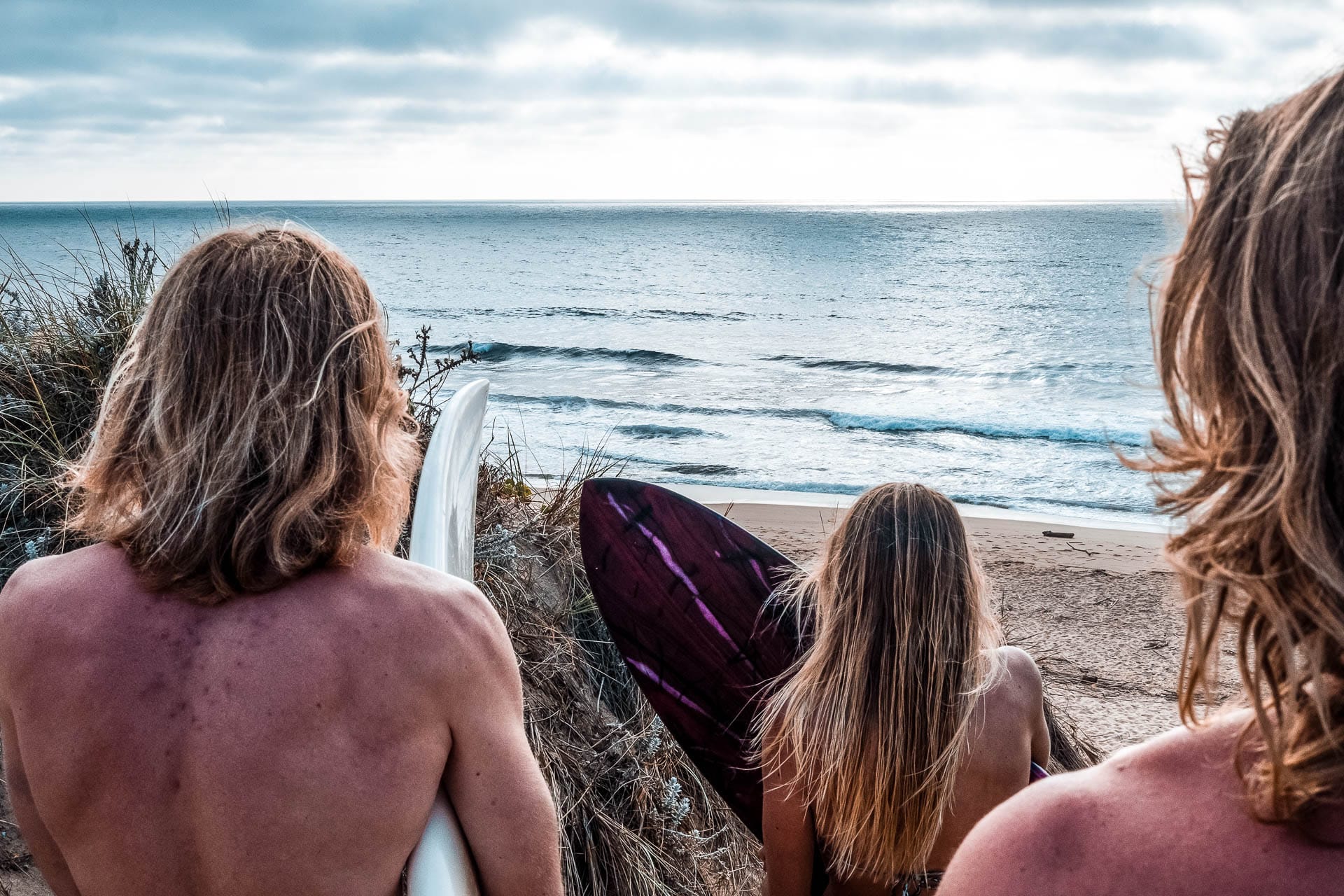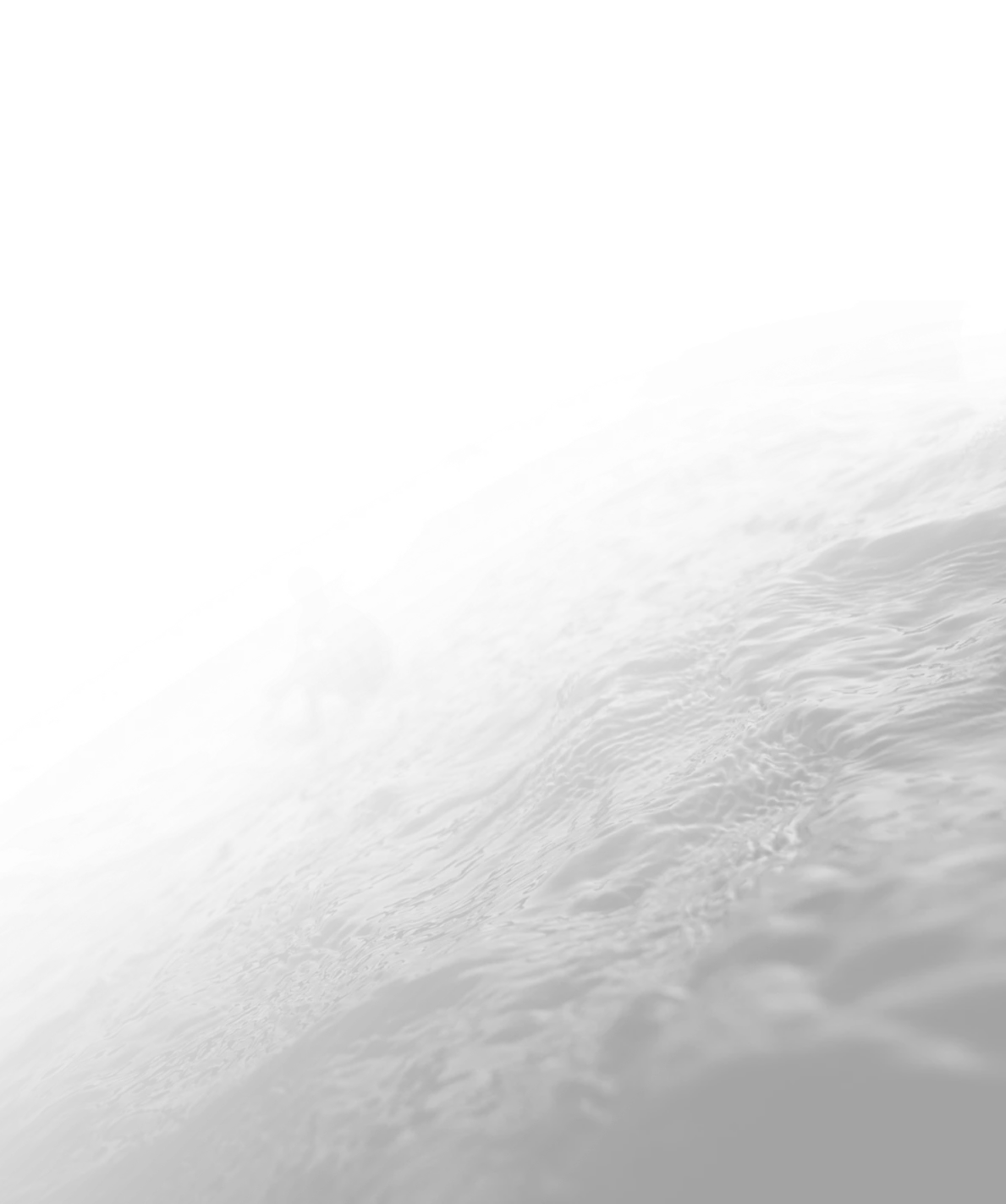Surfing has emerged as one of the most popular water sports worldwide, attracting millions of enthusiasts each year. Surfing offers a unique and exhilarating experience that appeals to people of all ages and skill levels. Riding the waves provides an unparalleled sensation of freedom and excitement, making it an addictive activity for many individuals. The sense of serenity and escapism created by the oceanic setting and the connection with nature is an unmatchable vibe that draws people to this experience.
Whether you are a beginner taking your first steps or an experienced individual starting anew, these insights will equip you with the knowledge and strategies needed to confidently embrace the beginning stages of your surfing journey.
Here’s what you need to know:
1. Start with Choosing the Right Surfboard
When choosing the right surfboard, several factors need to be considered.
Firstly, your skill level is crucial. Beginners should opt for larger and more stable boards, as they offer better balance and control. As skills progress, smaller and more maneuverable boards become suitable for intermediate and advanced surfers.
Next, body weight plays a significant role in surfboard selection. Heavier individuals require boards with higher volume to provide sufficient buoyancy and stability. Lighter surfers, on the other hand, can handle boards with lower volume for enhanced manoeuvrability.
Height is another crucial factor. Taller individuals typically benefit from longer surfboards that offer more surface area for stability and paddle power. Conversely, shorter individuals can opt for shorter boards that provide greater manoeuvrability and responsiveness in the water.
Board volume is directly linked to stability and performance. Higher volume surfboards offer increased stability and easier wave-catching, making them ideal for novice surfers. As skills progress, lower volume boards offer improved manoeuvrability and responsiveness, allowing for more advanced manoeuvres.
2. Understand what are the essential surf gear
Surfing requires specific gear to ensure safety and enhance performance. Here are some essential items needed for a successful surfing experience.
Rash Guard:
A rash guard is a tight-fitting shirt made of stretchy and quick-drying material, often worn by surfers. Its purpose is to protect the skin from rashes, irritation, and sunburn. The fabric used in rash guards provides a layer of protection against the abrasive surfboard and the harsh UV rays, guarding the surfer’s skin from potential damage.
Wetsuit:
A wetsuit is an essential piece of equipment used for surfing, especially in colder water conditions. Typically made of neoprene, a wetsuit provides insulation and traps a thin layer of water between the suit and the skin. This water can get heated by the body, keeping the surfer warm even in chilly temperatures. It also offers protection from the wind and acts as a barrier against the elements.
Leash:
A leash is a cord that attaches to the surfer’s ankle or calf and is then fastened to the tail end of the surfboard. It is designed to keep the surfer attached to the board, preventing it from drifting away and becoming a potential hazard to others in the water. In case the surfer falls off the board, the leash ensures that the surfboard remains nearby, allowing for a quick and easy retrieval.
Wax:
Wax is a sticky substance applied to the surface of the surfboard. Its primary purpose is to provide traction and grip between the surfer’s feet and the board, preventing slipping and maintaining control. By spreading the wax on the deck of the surfboard, it creates a textured surface that enhances grip, especially when the board gets wet.
3. Proper Attire for Comfort and Safety
The right attire for surfing can significantly impact your performance on the waves. Whether you’re a seasoned pro or just starting out, wearing the appropriate gear can make a world of difference. From board shorts designed for maximum mobility to wetsuits that keep you warm in chilly waters, the right attire can help you paddle out, catch waves, and ride them with ease.
But beyond performance, wearing the right attire is also essential for your safety. Surfing can be a physically demanding sport, and the ocean can be unforgiving. Wearing a wetsuit not only keeps you warm but also provides an extra layer of protection against scrapes, cuts, and the sun’s harmful rays. Likewise, wearing the appropriate footwear can help prevent injuries to your feet from rocks, coral, or sharp shells lurking beneath the surface.
And let’s not forget about comfort. Anyone who’s spent hours in the water knows how uncomfortable it can be to have clothing that chafes, rides up, or traps water. The right attire for surfing is designed to move with your body, stay in place, and dry quickly, so you can focus on catching waves instead of adjusting your gear.
4. Learn how to pick the right surf spot according to your skills
When finding the perfect surf spot, there are several key factors to consider. One of the most important factors is wave size. The size of the waves can greatly impact your surfing experience, especially for beginners. It’s crucial to choose a spot with waves that are suitable for your skill level. Waves that are too big can be dangerous and overwhelming for beginners, while waves that are too small may not provide enough thrill for experienced surfers.
Different waves break in different ways, and this can greatly affect your surfing experience. Some waves may have a gentle, rolling break that is ideal for beginners, while others may have a more powerful, hollow break that is better suited for experienced surfers. It’s important to choose a surf spot with waves that match your skill level and surfing style.
A well-defined channel is also an important aspect to look for in a surf spot. Channels are areas of the ocean where the water is deeper, allowing surfers to paddle out and catch waves more easily. A well-defined channel can be a lifesaver, especially for beginners who may struggle with paddling out through breaking waves. It is advisable to choose a surf spot that has a clear and easily accessible channel.
Seeking advice from the staff at a local surf shop is highly recommended, especially for beginners. Local surf shop staff are knowledgeable about the surf conditions in the area and can provide valuable insights and recommendations. They can help identify the best surf spots for beginners, taking into account current wave conditions and other factors.
Choosing the wrong surf spot can have potential risks. Waves that are too big or too powerful can lead to injuries or accidents, particularly for inexperienced surfers. It is crucial to assess your swimming ability before heading out to a surf spot. You should be a strong swimmer and comfortable in the ocean. If you are unsure of your swimming ability, it is recommended to take swimming lessons or practice swimming in calm waters before attempting to surf.
If you are looking for a good place to learn surfing and understanding how to recognise the various aspects of it, head to Rapture Surfcamps in Bali or in any of the other locations. Our top-notch instruction and robust community of surfers at our camps are a great place to begin your surf journey.
5. Learn about surf breaks, beach breaks and the difference between the both
Beach breaks and reef breaks are two distinct types of surf breaks with their own unique characteristics and ideal wave conditions.
Beach breaks occur along sandy coastlines and are formed by waves breaking on the shoreline. These breaks are known for their stable sandbanks that constantly change due to tides and wave action. The main characteristic of beach breaks is the shifting sandbars, which can create a variety of wave shapes and sizes. The waves at beach breaks tend to be more unpredictable and can vary greatly depending on sandbar formations.
The ideal wave conditions for beach breaks are usually smaller and more frequent waves with a gentler slope. This makes them suitable for beginner and intermediate surfers. However, beach breaks can also produce powerful waves during certain conditions, making them suitable for advanced surfers seeking more challenging waves.
Reef breaks, on the other hand, occur when waves break over a rocky or coral reef. These breaks tend to create more consistent and well-formed waves due to the stable nature of the reefs. The wave formations at reef breaks are usually more defined, with long, hollow barrels being a characteristic feature.
The ideal wave conditions for reef breaks are larger swells from distant storms, which can generate powerful waves that break over the reef. Reef breaks are favored by experienced surfers who are seeking fast, hollow waves as they provide longer rides and more critical sections to navigate.
While beach breaks offer versatility and variety, reef breaks provide more predictable and high-quality waves. However, reef breaks also present potential hazards such as shallow water and sharp rocks, making them riskier for surfers. Beach breaks, on the other hand, are generally considered safer with a softer and forgiving seabed.
6. Pick up Paddling Skills
Paddling out is a crucial skill in surfing that involves manoeuvring through breaking waves to reach the lineup, where one can catch and ride waves. This fundamental technique is essential for every surfer, as it allows them to access the best waves and enjoy the exhilarating experience of riding them.
When paddling out, beginners often face challenges that require patience and understanding of the surfing environment. One of the main obstacles is staying out of the way of other surfers. This involves being aware of their positions and avoiding collisions. It is important to observe the lineup and identify safe areas to paddle through, ensuring that one does not interfere with other surfers’ rides.
Choosing the right location to paddle out also presents a challenge for beginners. It is crucial to select a spot with less intense wave breaks, as this reduces the difficulty of paddling out. Novice surfers should aim for areas where the breaking waves are smaller and less powerful, as it makes navigating through them much easier.
7. Have lots of fun
Learning to surf is an exciting adventure that goes beyond just mastering the waves – it’s about embracing the thrill of the ride and immersing yourself in the joy of the ocean. Remember to have lots of fun when you’re out there, whether you’re catching your first wave or perfecting your technique. Laugh off the wipeouts, celebrate the breakthroughs, and relish every moment of progress. After all, surfing isn’t just a sport; it’s a lifestyle filled with endless opportunities for fun and excitement. So, paddle out with a smile, soak up the sunshine, and let the sheer joy of surfing propel you forward on your journey!
Before embarking on the exhilarating journey of learning to surf, it’s crucial to arm yourself with knowledge and preparation. By understanding the dynamics of the ocean, the importance of safety measures, and the dedication required to master the art of surfing, you can set yourself up for a fulfilling and enjoyable experience. Remember, surfing is not just a sport but a lifestyle—a communion with nature that demands respect, patience, and a willingness to embrace both the triumphs and challenges that come with riding the waves.
So, as you prepare to paddle out, keep these seven essential tips in mind, and let the ocean become your teacher, guide, and greatest source of inspiration on this incredible journey.
Learn at the best surf camp in Bali with Rapture Surfcamps. Choose from learning at two stunning camp locations – Green Bowl and Padang Padang. Our camps are always buzzing with surfers from around the world and offer an unmatched immersive surf learning experience.


